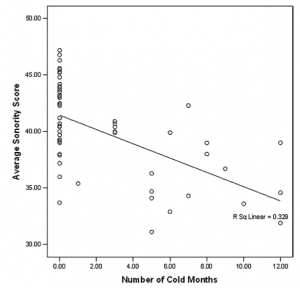Being someone who likes to welcome new academics blogs on the scene, particularly ones of a linguistic tilt, I urge you to go over, visit, read and maybe even leave a comment at A Rare Bite of Linguistics. It’s only one-post old, but the subject topic of language change and grammaticalisation fits in nicely with this blog’s overarching themes. As some of you might know, I wrote a bit about grammaticalisation at the start of this year, so the work is especially useful to lay folk such as myself. The post is the first of two that report the author’s findings of her MA project, which focused on the grammatical status of certainly in collocation with modal verbs. In the author’s own words:
My hypothesis is that the adverb is not fully grammaticalised even though it might show signatures of grammaticalisation.
Following Noël (2007), Bybee (2003) and Hopper and Traugott (2003) grammaticalisation affects a construction primarily and a single word secondarily; I suggest that, for modal synergy, a structural unit is formed of a modal verb and an adjacent modal adverb in mid-position, e.g. would certainly, must certainly etc. Mid-position is the ‘natural habitat’ of the modal particle and if there is grammaticalisation of certainly into a modal particle, this is consequently where we would expect to find it. Moreover, if this were a grammatical unit/construction consisting of two grammatical constituents, the grammaticality would lie in the bondedness (syntagmatic restriction) of the two elements, and the semantic and paradigmatic restrictions which are said to be part of grammaticalisation (cf. Lehmann’s parameters): we would expect an abstract meaning and perhaps reduced phonological properties (which I cannot test), paradigmaticity, low paradigmatic variability and high cohesion with modal verbs in general. Scope is a contested parameter and it seems that in this case too, we will deal with increased scope. Lastly, as Bybee (2003) indicated, frequency plays a staple role in the propagation of an item to becoming grammaticalised (see also Croft 2000).
It’s at quite a high level, but she does provide good, comprehensive definitions of what she’s studying and, more importantly, a fleshed out understanding of grammaticalisation theory and the processes underpinning it.



